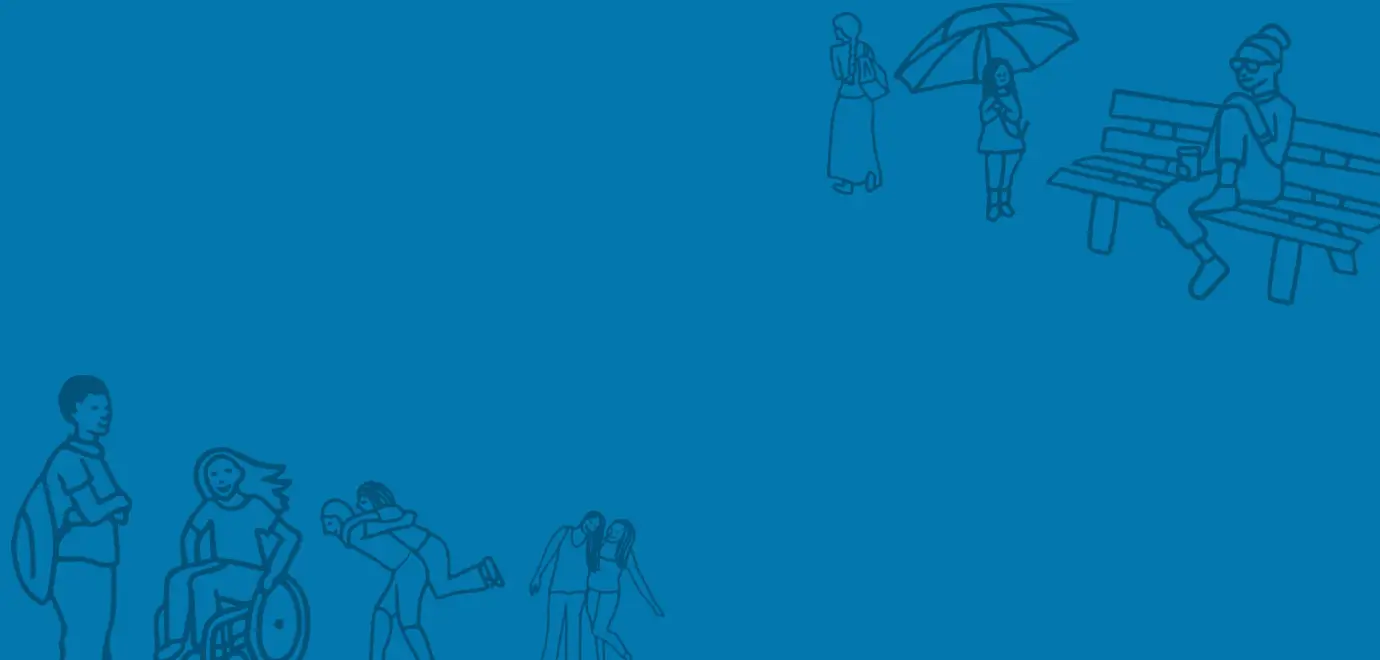Today, I want to do two things. First – to celebrate the great national achievement that has seen school corridors and classrooms return to something like normality this term. This is something teachers, parents, pupils and all those involved in the vaccination programme should be truly proud of.
Secondly, I want to recognise that attendance is still lower than pre-pandemic levels, and make our response to this the number one priority for everyone working in the interests of children in this country.
Simply – even taking covid disruption into account – there are too many children on school rolls who are persistently absent, and whose absence is insufficiently understood.
That is why I have just announced a new inquiry into pupil absence in a number of local areas as part of a wider effort to work out why young people have disappeared from view.
The Children’s Commissioner’s office will audit a cross-section of ten local authorities to find best practice – to find out the drivers for both high attendance and persistent absence – and I will be speaking to children myself so I can respond to their experiences directly.
A foundational aspect of my role as Children’s Commissioner is to take steps to ensure the welfare of children in England, including using statutory powers to carry out investigations if necessary.
We anticipate a good response from leaders in local councils and other local institutions who are ready and willing to take part. Last week, I attended the first ‘attendance alliance’ meeting called by the Secretary of State for Education – a group of experts from across the sector who will be leading this effort.
We now need to build on this momentum.
This month, we have had a horrifying reminder of what can happen to the most vulnerable members of our society when the protective network of safeguarding and social care is breached.
Let me be clear – the issue of increased pupil absence during the pandemic should not be simplistically conflated with the tragic and extreme case of Arthur Labinjo-Hughes.
But it is right to reassert the need for urgency in efforts to keep all children safe, and understanding persistent school absence is part of that.
In the meantime, let me be clear: schools are already doing an incredible job providing for children – both now, and during lockdown, when they stayed open for vulnerable children and children of key workers. In The Big Ask survey response, nearly 600,000 children responded, telling us how much they missed their teachers, missed their friends and valued time in the classroom – our data analysis told us that being back in school and getting a good education was an overwhelming priority for this generation. That’s just one of the reasons why I have been such a strong supporter of the vaccination effort.
There is still work to do.
“I have been out of school for a very long time, and I don’t see friends…it can be really lonely. I don’t think people always understand autism and it’s hard to fit in. I need an education so I can get a good job, but I am stuck…” – Girl, 16, not in education.
Source: The Big Ask Survey, 2021
Here, we see in just one survey response a convergence of many of the reasons why a young person might not be in full-time education. A special educational need. Social alienation. Fear of re-assimilating. A habituated pattern of non-attendance.
In the Children’s Commissioner’s office, we are redoubling our efforts to understand the weight of each of these contributing factors, and point the way forward, complementing the research and analysis being carried out by the Department for Education and other stakeholders.
Whilst The Big Ask survey was conducted earlier this year, at a different stage of the pandemic, the data may help us understand some of the remaining persistent absence. We received responses from around 4,500 children who were being home educated and nearly 1,900 not in education at all to see if had mentioned any potential barriers to attending school or college.
Of course, some families choose to home educate for philosophical reasons and have the resources and ability to do so. But other responses spoke of challenges: bullying; poor mental health; poor physical health; having a special educational need, but feeling unsupported. The root causes may pre-date the pandemic, but that should only intensify our efforts to address them where we can.
That is not to say people aren’t trying.
‘Mummy has tried really hard to get me more help for when I go to big school.’ – Girl, 10, with special educational need.
Source: The Big Ask Survey, 2021
It was a privilege to hear stories of love and perseverance like this in The Big Ask response, but at the same time, we want to make families’ lives as easy as possible in our offer of support.
That means continuing to channel recovery funding to support services, but it also means a real community effort, coming together as we have done since the beginning of the pandemic to make sure all young people are cared for and able to receive a high-quality education.
We know that we’re still dealing with disruption, and the news is full of uncertainty. But we also know that school is the safest, most stimulating place for the vast majority of children to be.
Let’s make sure that’s true for as many as we possibly can, and let’s do it now. Because despite recent headlines, absent pupils aren’t ‘ghost children’ – they are real, and they need love and support.






